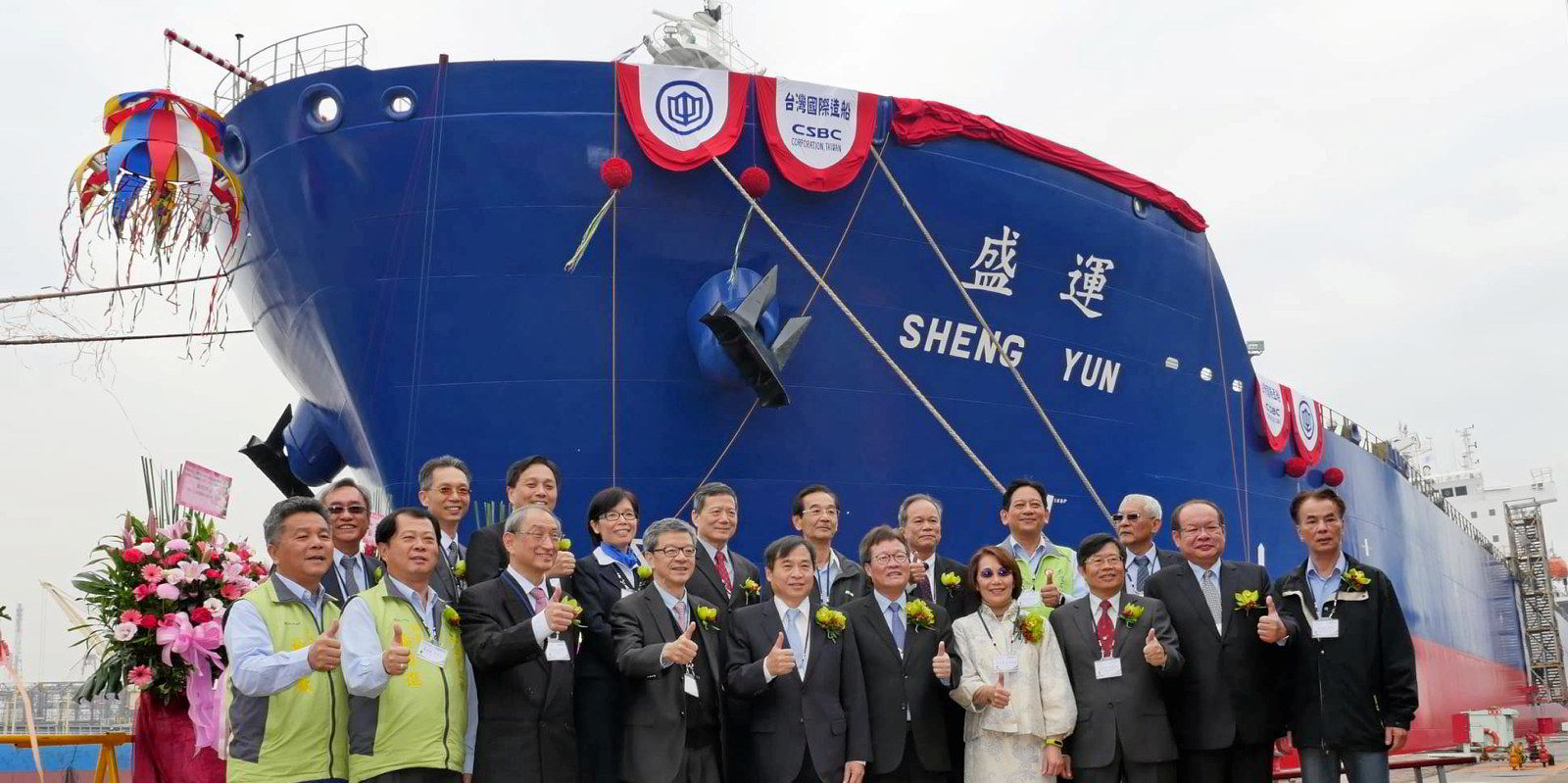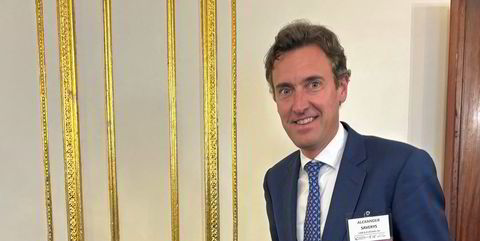GoodBulk shored up its bottom line during the second quarter with a string of vessel sales made in what it described as a strong sale-and-purchase market.
The shipowner, which has its shares registered on Oslo’s over-the-counter market, recorded a net profit of $25.9m, which equated to $0.86 in earnings per share.
This compares with a profit of $20.6m in the same period of last year, when earnings per share were $0.69.
GoodBulk, which is the public arm of C Transport Maritime (CTM), kept up its track record of consistently paying out quarterly dividends by paying $1.50 per share to its investors or around $45m in total for the second quarter, the same as in the previous period.
Speaking to TradeWinds in June, chief executive John Michael Radziwill said GoodBulk intends to maintain “a high capital repatriation level” going forward.
“And what we set out to do there is to show the returns that can be generated by buying and selling, owning and operating ships the old-fashioned way,” he said at the time.
Revenue and other net operating income totalled $66.4m for the three-month period, down slightly from $70m in the same period of last year.
GoodBulk’s capesizes each earned an average gross time-charter equivalent (TCE) rate of $23,304 per day during the second quarter. Its lone panamax earned a daily average of $20,001 during the period, before being sold.
$25.9m
Goodbulk’s profit for the second quarter of 2022
$20.6m
Quarterly profit from a year earlier
$66.4m
Revenue for the second quarter of this year
$143.8m
Cash generated from the sale of eight vessels
“Sluggish demand from China, combined with a large number of vessels in ballast to Brazil, and a drop in congestion can partly explain the current weakness,” GoodBulk said of the current capesize market.
“In addition to this, very negative sentiment, driven by fears of a global recession, multi-decade high inflation and the real estate crisis in China, has also been dragging freight rates down.”
Ship ownership days were 1,928 in the second quarter this year, down from 2,093 a year earlier.
GoodBulk’s entire fleet has been open in the spot market since the second quarter.
The shipowner added that it has been “monetizing some of its investments” by selling seven capesizes and one panamax bulker, of which five have already been delivered to their new owners.
The sales will generate $143.8m in free cash and $60m in profit, GoodBulk said.
This leaves GoodBulk with 19 capesize vessels within its controlled fleet with an average age of 12.5 years.
The shipowner said it had taken advantage of “the strongest sale and purchase environment in eight years for the capesize segment and in eleven years for the panamax segment”.
As TradeWinds reported in June, GoodBulk has sold the 179,362-dwt Aquamaka (built 2009), the 174,008-dwt Aquascope (built 2006) and the 75,395-dwt panamax Aquaknight (built 2007).
Since then, brokers have reported that the firm has also sold the 178,100-dwt Aquaproud (built 2009), the 182,100-dwt Aquamarine (built 2009) and the 185,900-dwt Aquakatana (built 2005).
For the first half of 2022 overall, GoodBulk has booked net profit of $29.8m, up from $23.7m for the first six months of last year.
Profit has increased year on year even though vessel ownership days decreased by almost 4% to 3,998 days.






